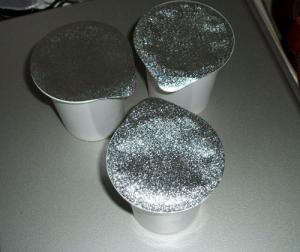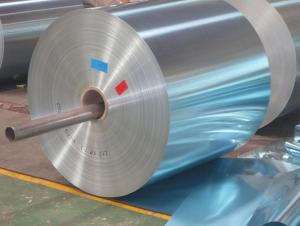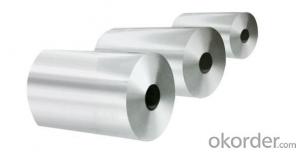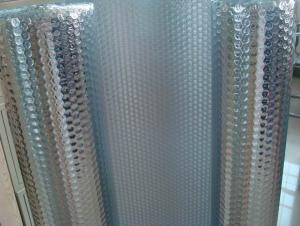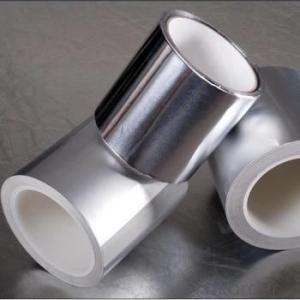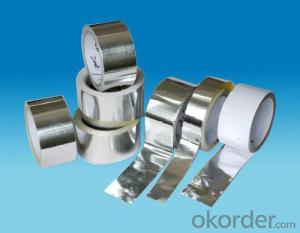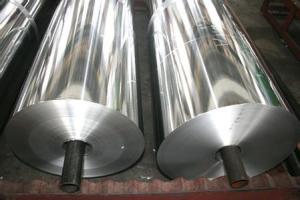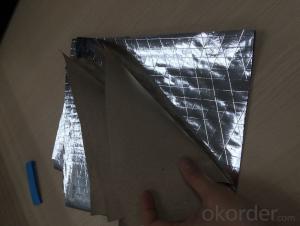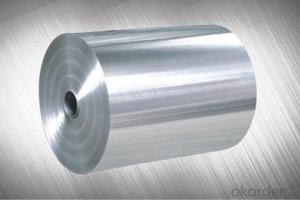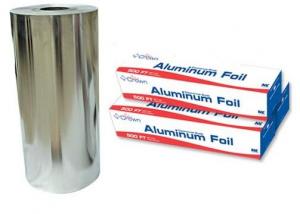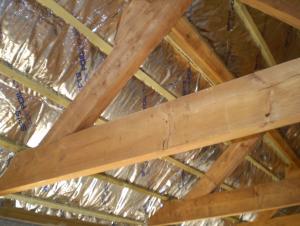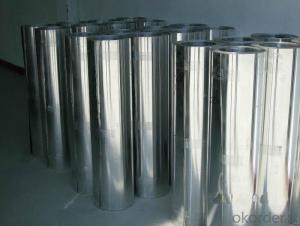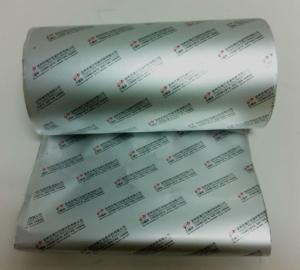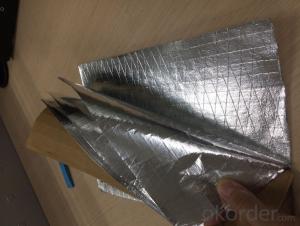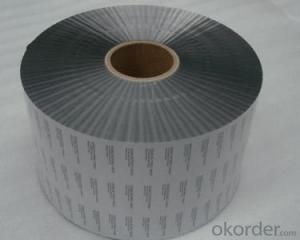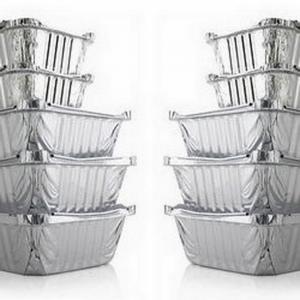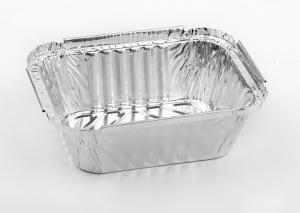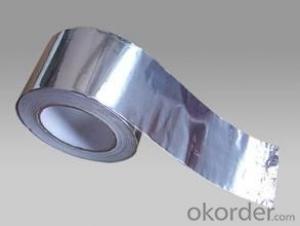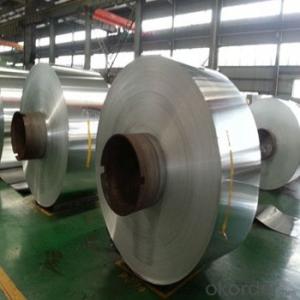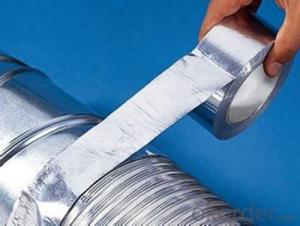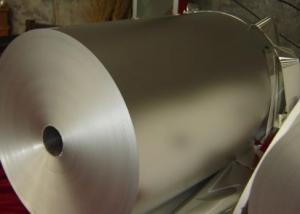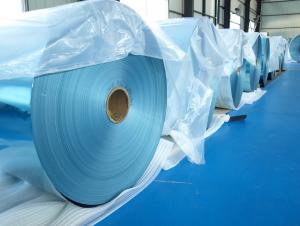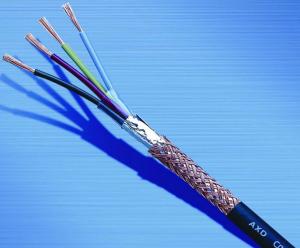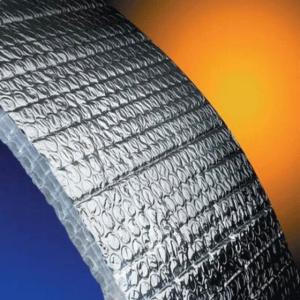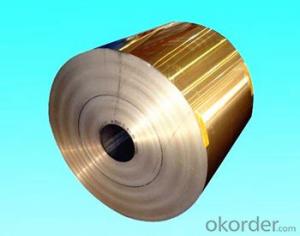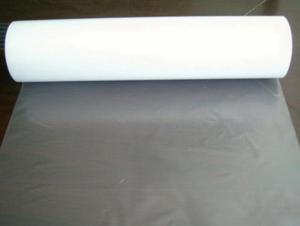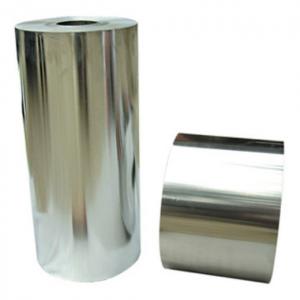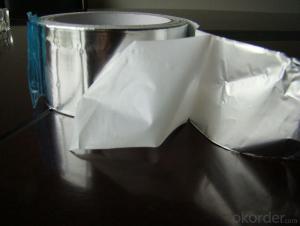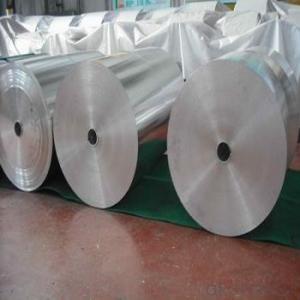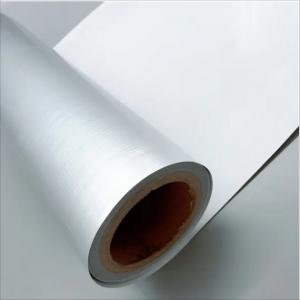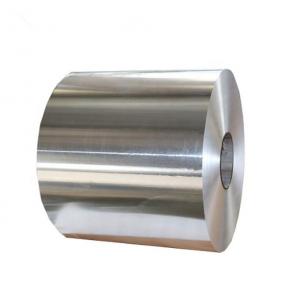Heat Sealing Aluminum Foil
Heat Sealing Aluminum Foil Related Searches
Heat Seal Aluminum Foil Heat Sealable Aluminum Foil Heating Aluminum Foil Heat Shield Aluminum Foil Heat Resistant Aluminum Foil Heat Sink Aluminum Foil Sealed Aluminum Foil Aluminum Foil Heater Aluminum Thermal Foil Heating Up Aluminum Foil Aluminum Foil Heat Exchanger Melt Aluminum Foil Melting Aluminum Foil Baking Aluminum Foil Aluminum Foil Sealing Lid Aluminum Foil Coated Cooking Aluminum Foil Aluminum Wrapping Foil Heavy Duty Aluminum Foil Heavy Aluminum Foil Aluminum Foil Heater Plate Steam Aluminum Foil High Quality Aluminum Foil Melted Aluminum Foil Aluminum Foil Hot Rail Aluminum Tooling Foil Adhesive Aluminum Foil Aluminum Insulation Foil Aluminum Foil Heat Transfer Aluminum Foil Heavy DutyHeat Sealing Aluminum Foil Supplier & Manufacturer from China
Heat Sealing Aluminum Foil is a versatile packaging material that is widely used for food preservation and protection. This product is designed to create an airtight seal, which helps to maintain the freshness and quality of the contents. It is made from high-quality aluminum, which is known for its excellent barrier properties against moisture, oxygen, and light. This makes it an ideal choice for various applications, such as food packaging, pharmaceuticals, and industrial products.The Heat Sealing Aluminum Foil is used in a variety of scenarios, including sealing food containers, wrapping delicate items, and protecting products from environmental factors. Its heat-sealable properties allow for easy and efficient sealing, ensuring that the contents remain protected and secure. This product is particularly useful in the food industry, where maintaining freshness and preventing contamination is of utmost importance. It is also used in pharmaceutical packaging to protect sensitive medications from moisture and light, ensuring their efficacy and safety.
Okorder.com is a leading wholesale supplier of Heat Sealing Aluminum Foil, offering a vast inventory of this essential product. We pride ourselves on providing high-quality materials at competitive prices, making us the go-to source for businesses in need of reliable packaging solutions. Our extensive inventory ensures that we can meet the demands of various industries, providing a consistent and dependable supply of Heat Sealing Aluminum Foil for all your packaging needs.

